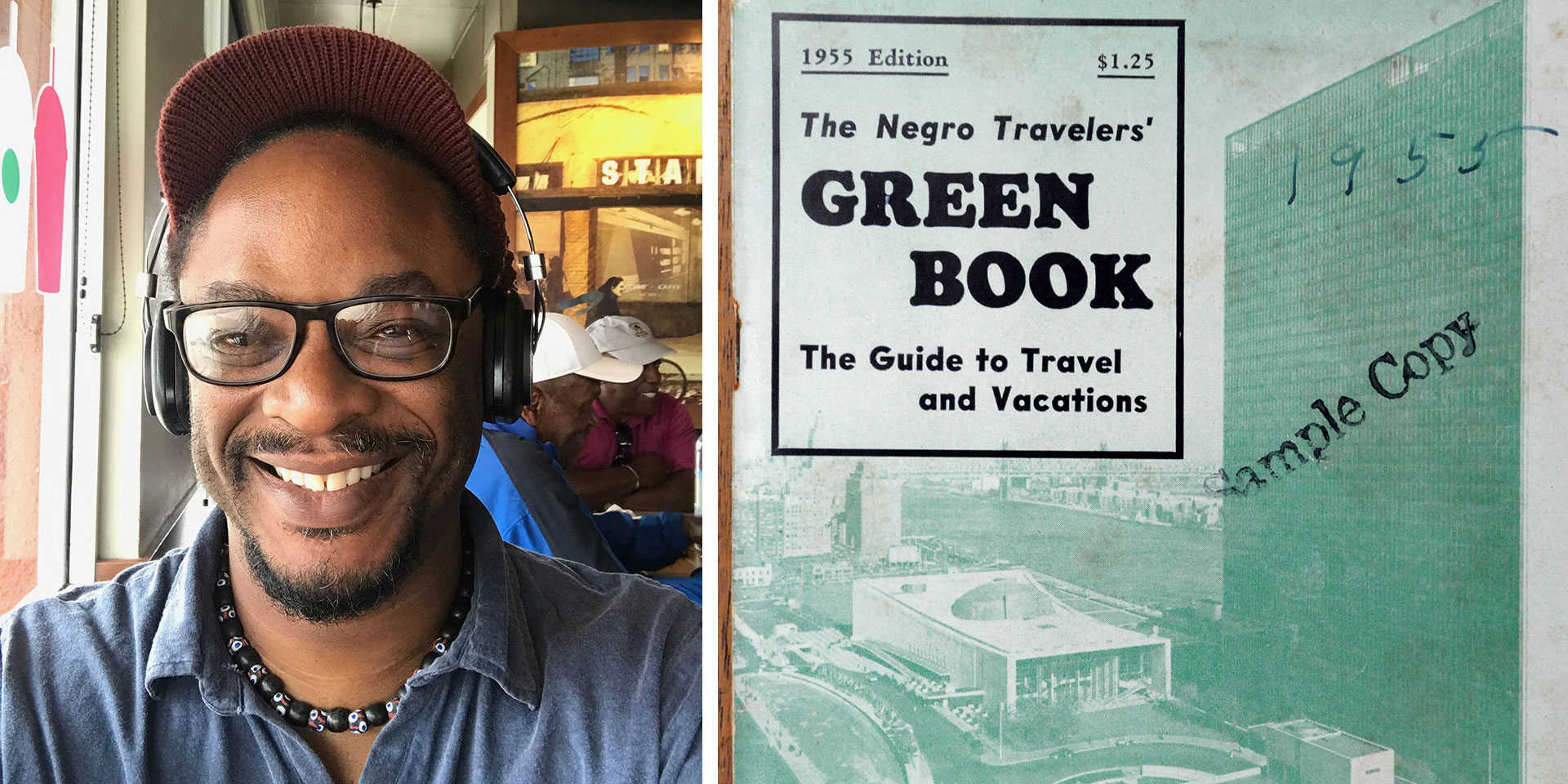
Writer and activist Lawrence Ross embarked on a cross-country road trip using the “Negro Motorist Green-Book,” as guide. (Photo: Lawrence Ross)
Road TripsModern-Day Travels with the ‘Green-Book’: The Black Travelers’ Guide to Jim Crow America
By Kiratiana FreelonImagine you were traveling across the country by car, but certain restaurants and hotels were off-limits to you because of your skin color. African-Americans faced this dilemma until the mid-1960s because Jim Crow laws enforced segregation that allowed hotels and restaurants to openly discriminate against African-Americans.
These inequities made travel quite complicated, so many resorted to using the “Negro Motorist Green-Book,” a travel guide that listed places where African-Americans could eat and sleep on their often precarious journeys throughout the United States.
His goal was to find the original restaurants and hotels that catered to African-Americans
Lawrence Ross, a writer, speaker and activist, replicated that journey last summer. He embarked on a 10-day journey across the United States using the 1957 version of the “Negro Motorist Green-Book.” His goal was to find the original restaurants and hotels that catered to African-Americans — not an easy feat 60 years after the book was published.
Back then, African-American travelers were limited to black-owned hotels and restaurants, so when he wasn’t seeking out destinations from the guide, Ross sought to only patronize current-day black-owned restaurants, hotels and even gas stations along his 2,700-mile journey.
He chronicled his trip in a series of articles for The Root.
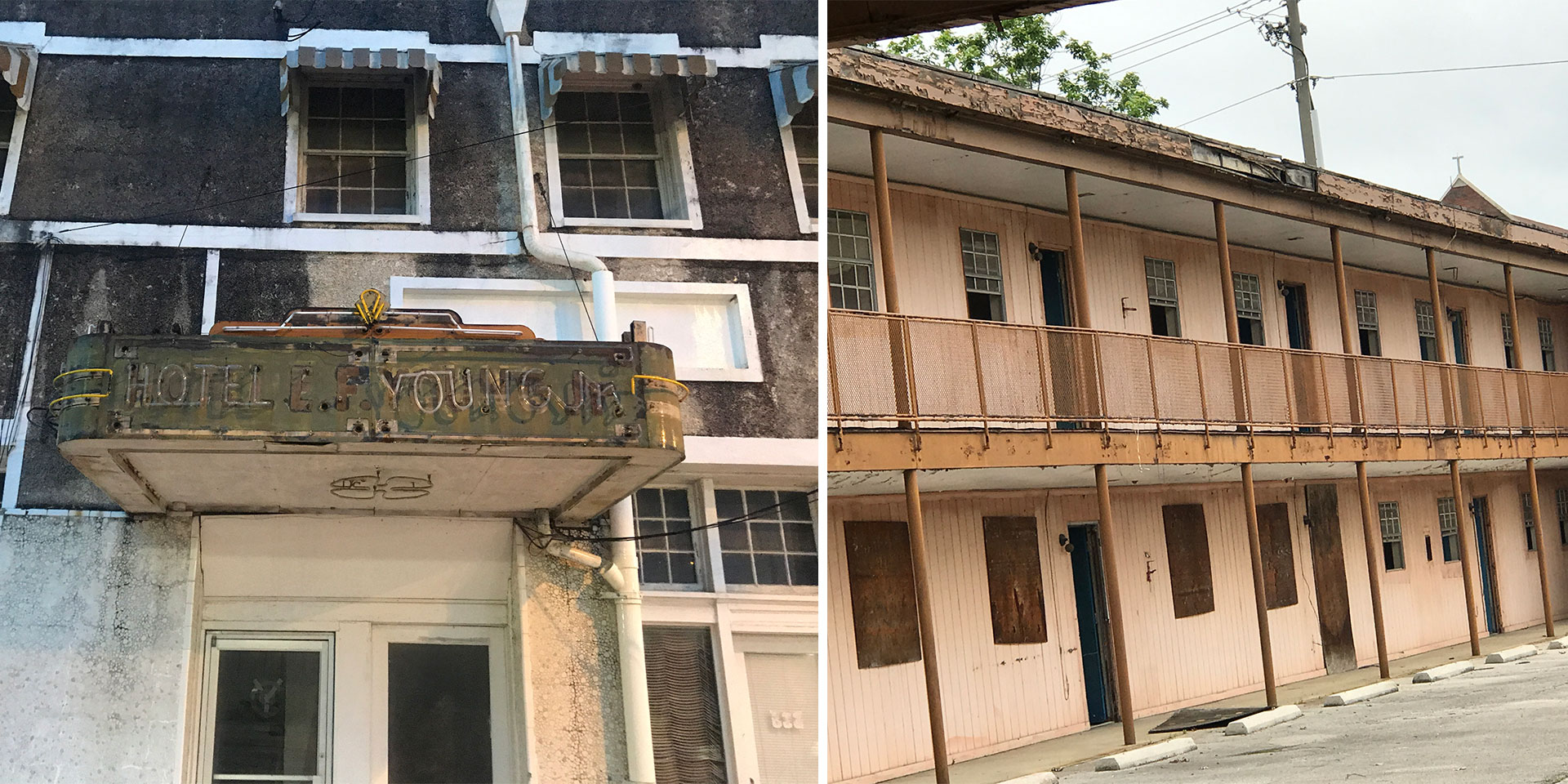
“The trip across the country not only gave me an opportunity to explore what it was like to travel in the 1950s, but it also showed me what it was like to find modern black-owned businesses in a time when racial discrimination still goes on in places,” said Ross, who also wrote a book that chronicled his experience traveling through locations within the African Diaspora — “The Ways of Black Folks: A Year in the Life of a People.”
Ross’ journey was inspired by his mother’s experience traveling across the country in the 1950s. She moved from Dallas to California as a little girl in the 1950s with her parents.
Ross says that his mother remembers wondering why the family couldn’t stay in any of the hotel chains that lined the small roadways.
The family was often scared to stop at some gas stations. Even finding food along the journey could be difficult. Some restaurants refused to serve black customers, and if they did, it was often through a side door or window.
“My grandparents refused to go to the side windows to get food,” said Ross, who is from Los Angeles. “They fed themselves all the way to California.”
Scenarios like the ones experienced by Ross’ family prompted Victor H. Green, then a 44-year-old mail carrier in Harlem, to launch the “Negro Motorist Green-Book” in 1936. The first book, a 15-page guide that focused on New York State, was compiled with the help of black members of the Postal Service.
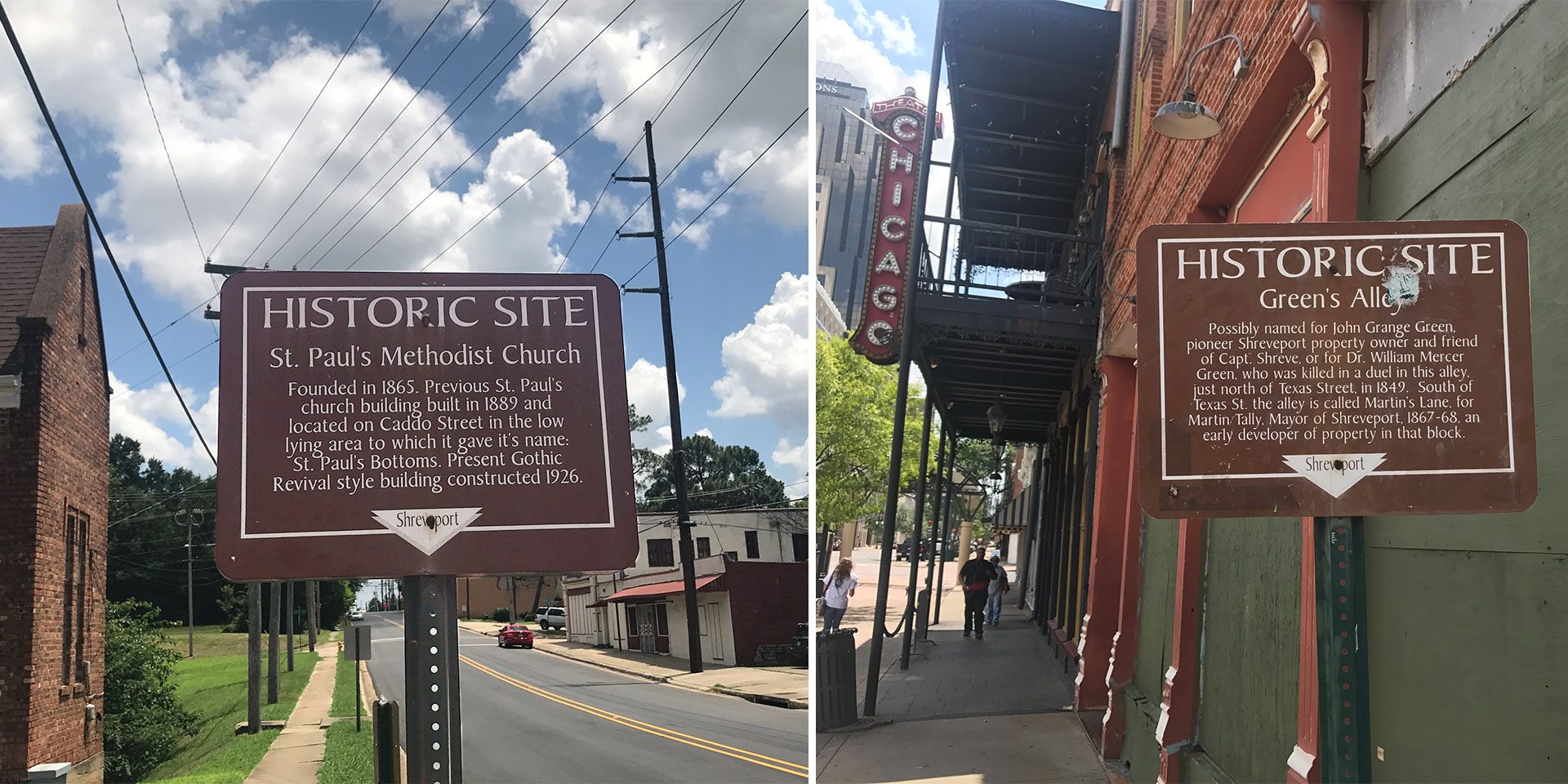
Green published the last edition in 1966, just two years after the passing of the Civil Rights Act. By then the book covered every state in the United States and even some international locations. With the Civil Rights Act, hotels and restaurants could no longer openly discriminate against black travelers — something Green had hoped for.
In the 1948 edition, Green wrote, “There will be a day in the near future when this guide will not have to be published. That is when we as a race will have equal opportunities and privileges in the United States.”
To start his trip, Ross downloaded a copy of the 1957 book from the Schomburg Center for Research in Black Culture. Unlike current-day guidebooks, which typically list descriptions of locations, the Green-Book was simply a directory, listing a business’s name, address and sometimes a phone number.
Ross wanted an organic experience of finding the locations in the book, so he didn’t research the hotels and restaurants before his trip. He simply chose the cities he would visit on his journey from Los Angeles to Roanoke, Virginia.
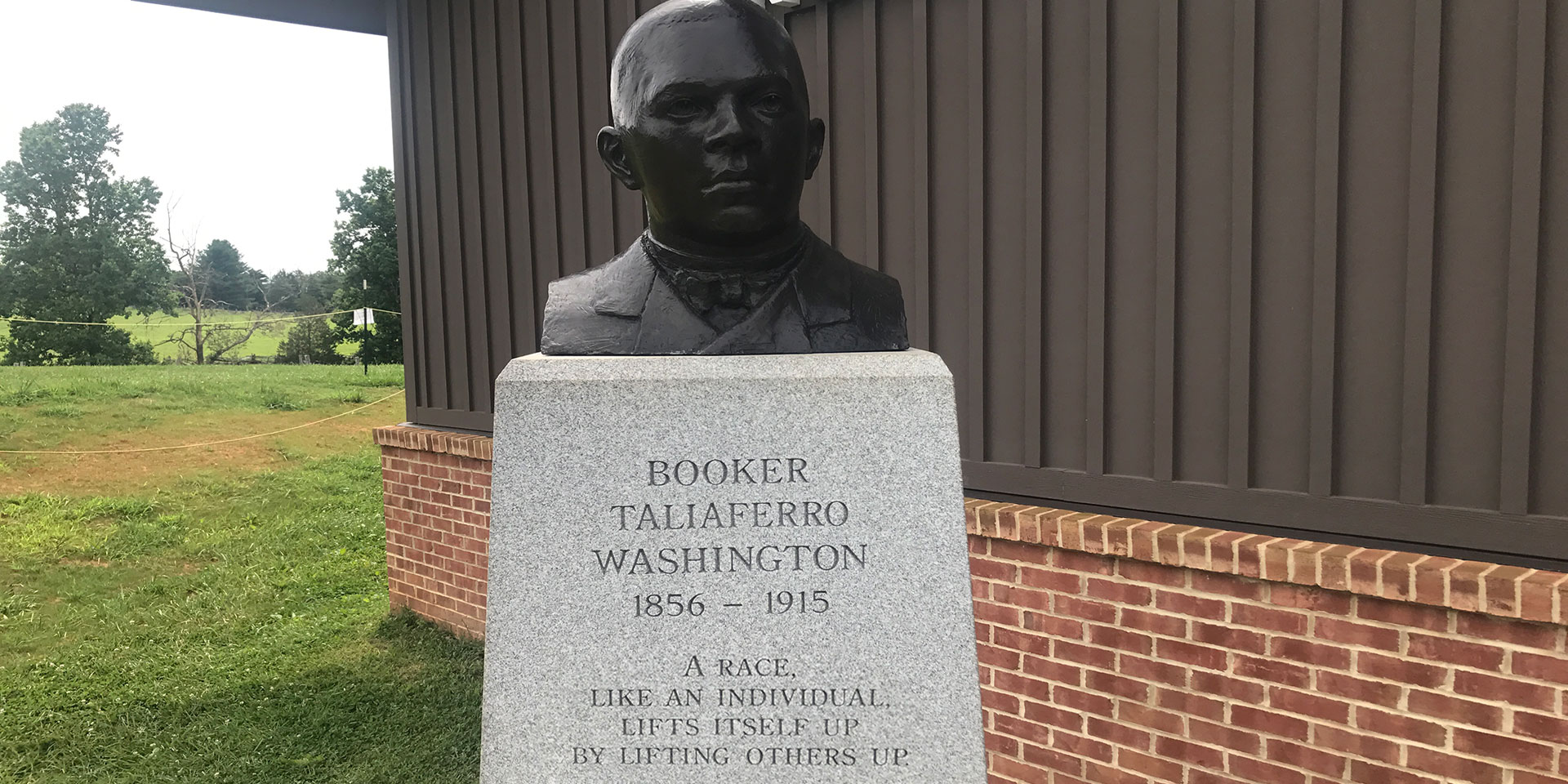
“Once I arrived at a city, I would open up the book, choose the restaurants, hotels and boarding houses,” Ross said. “Then I would put it into my GPS and drive to the places to discover the locations.”
Back in the 1950s, the U.S. interstate highway system was in its infancy. So outside of large cities, most of the locations in the book were in small towns located hours off the main road. Traveling at night on these small roads was dangerous for African-Americans in the 50s and sixties. Ross avoided traveling at night to replicate the journey people took back then.
One of Ross’ first finds was the house of a popular R&B musician in Phoenix, who rented out the back rooms to black travelers. Back then, many of the lodgings in the book were boarding houses owned by middle-class African-Americans.
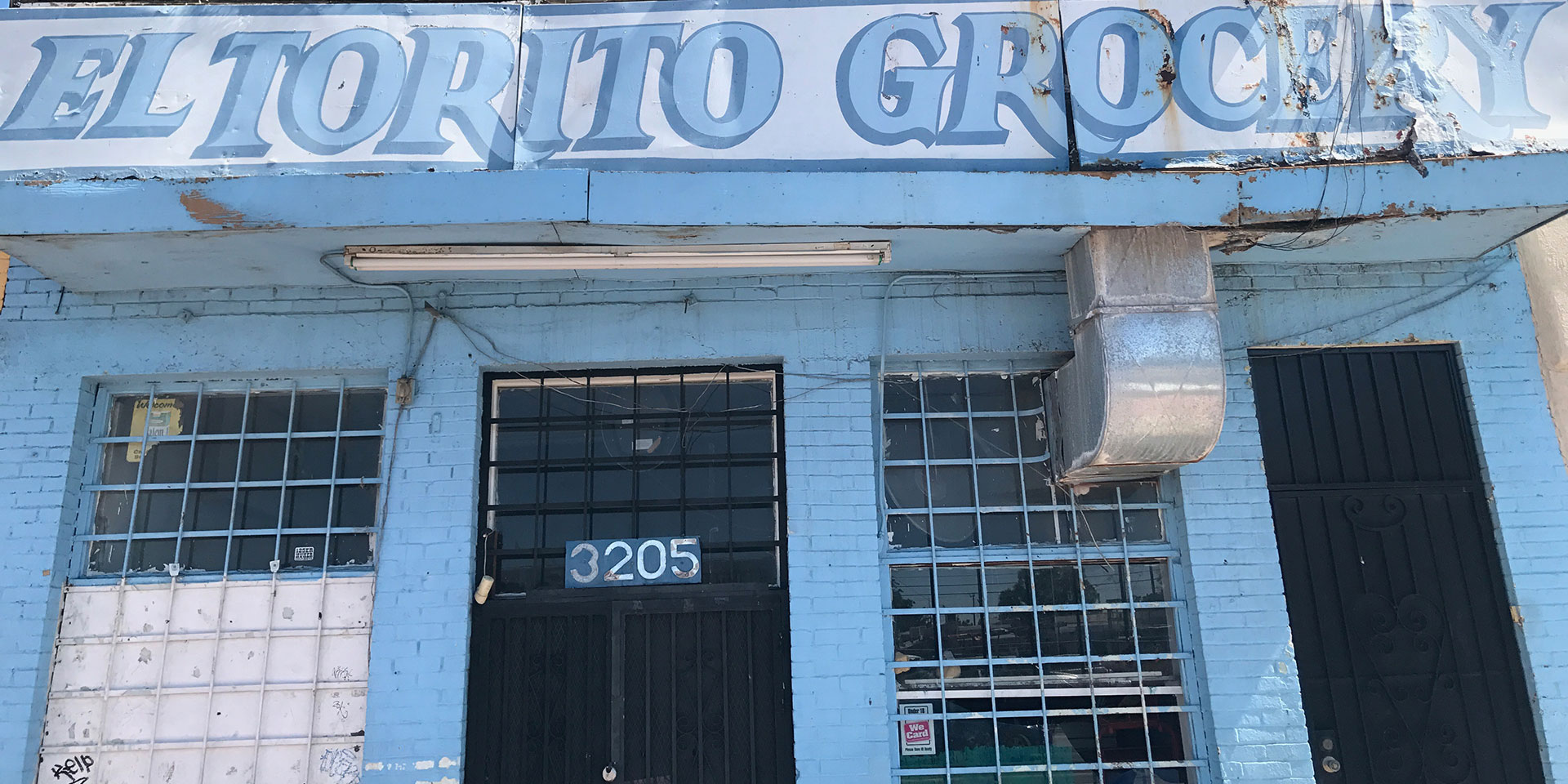
In El Paso, Texas, for example, African-American travelers stayed in apartments owned by grocers Anderson and Gertrude Winston. They ran their grocery store on the bottom floor and then rented out apartments to travelers on the top floor. Today the store sits abandoned.
Dallas was one of the most difficult places for African-American travelers to find housing. Black celebrities often stayed at the Green Acres Hotel; Ray Charles and Etta James were some of the famous black performers who stayed there.
Over the course of his journey, Ross noticed various trends. Almost all of the restaurants and lodging houses that Ross attempted to visit no longer existed. If it had been a private residence, typically the original owner no longer owned it. Plus, all of the book’s entries were, at the time, located in largely black neighborhoods, a legacy of forced segregation that continues to haunt most cities in the South.
“Meridian, Mississippi, reminded me as if the city had a Berlin Wall down the railroad tracks,” Ross said. “As soon as you crossed the railroad tracks, you knew you were in a black community.”
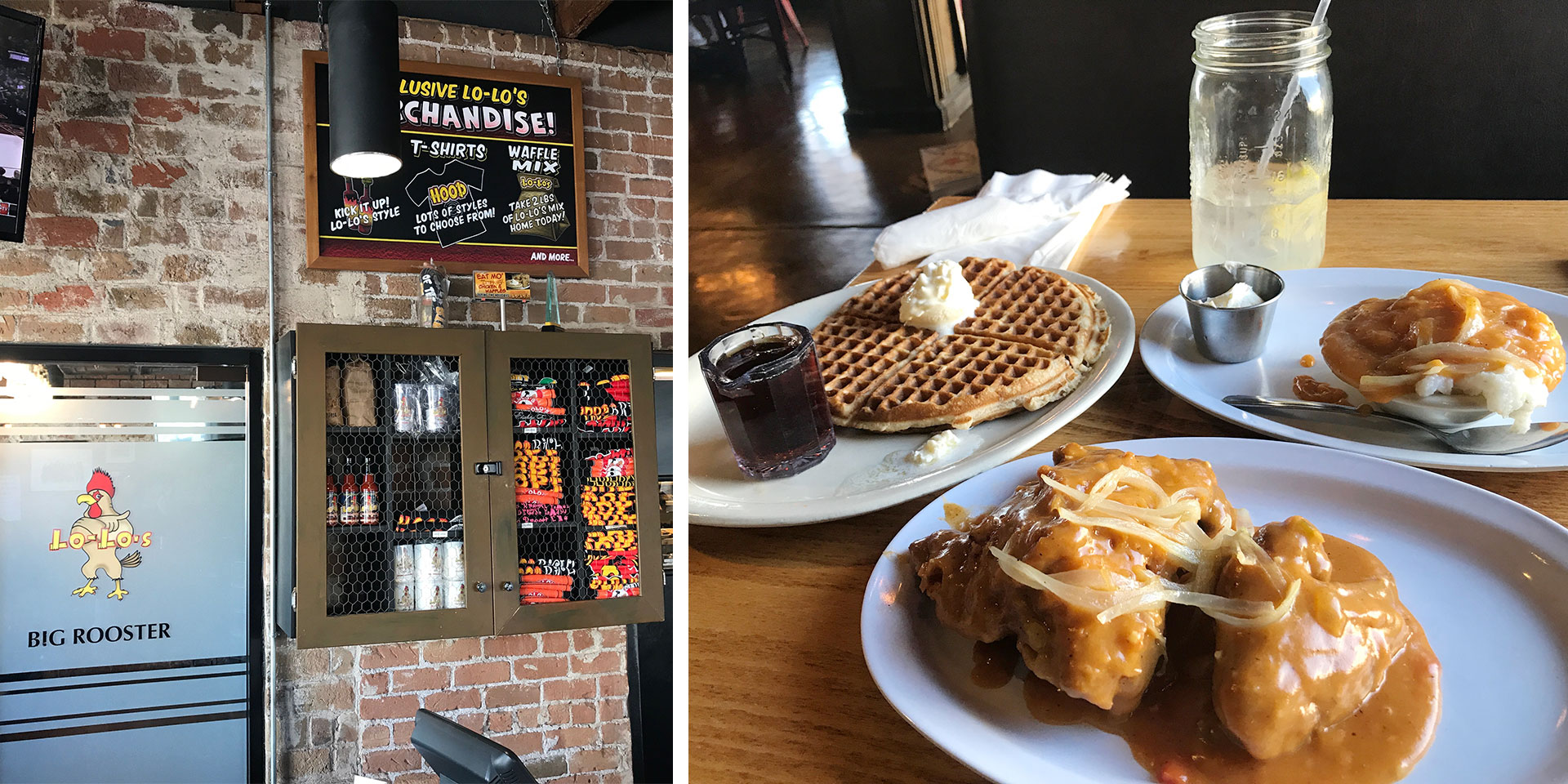
Ross’ modern finds included hotel chains owned by African-American investors and tasty restaurants run by young African-American entrepreneurs. In Dallas, he ate oxtails at the Island Spot, a Caribbean restaurant with two locations. His vegan meal at Recipe Oak Cliff in Dallas was a welcome break from the fried food he ate along his trip.
After traveling more than 2,000 miles from Los Angeles to Birmingham, Alabama, Ross finally found a guidebook destination that still existed — the Green Acres Café, one of the first African-American-owned businesses in Birmingham.
The owner, Greg Gratton, and his family have been involved with the Civil Rights movement in the city for the last 60 years. It’s known for its fried chicken wings, pork chop sandwiches and fried green tomatoes, some of which Ross sampled.
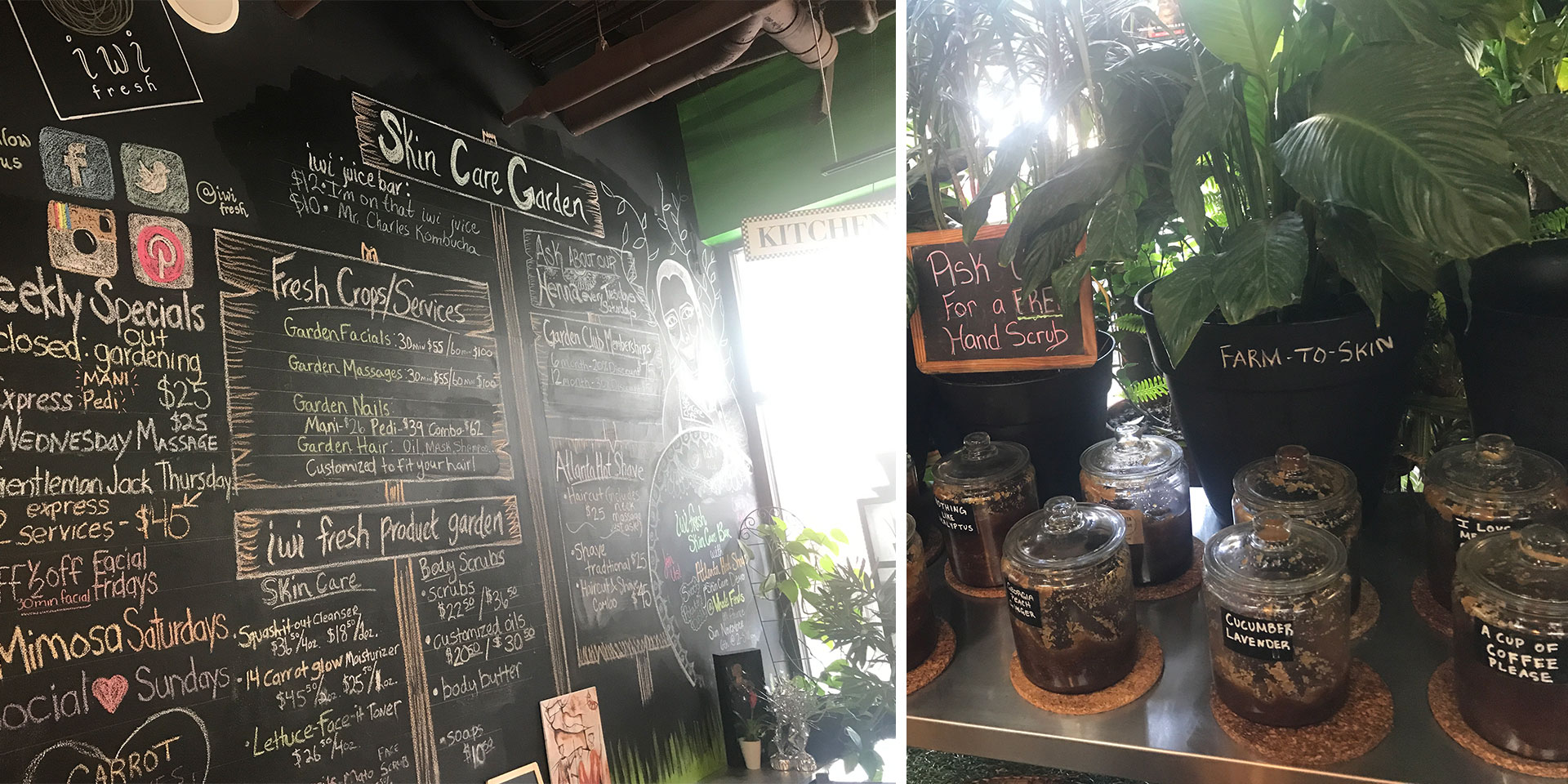
“I swear to god, I was like, ‘Where are you getting this chicken from because it is the best chicken I have ever tasted in my life,’” Ross said.
When Ross finally arrived in Roanoke, Virginia, he had spent more than $1,500 at black-owned gas stations, restaurants and hotels — and gained a hefty 12 pounds. Right now he continues to research locations in the Green-Book for a larger project on its modern day relevance.







